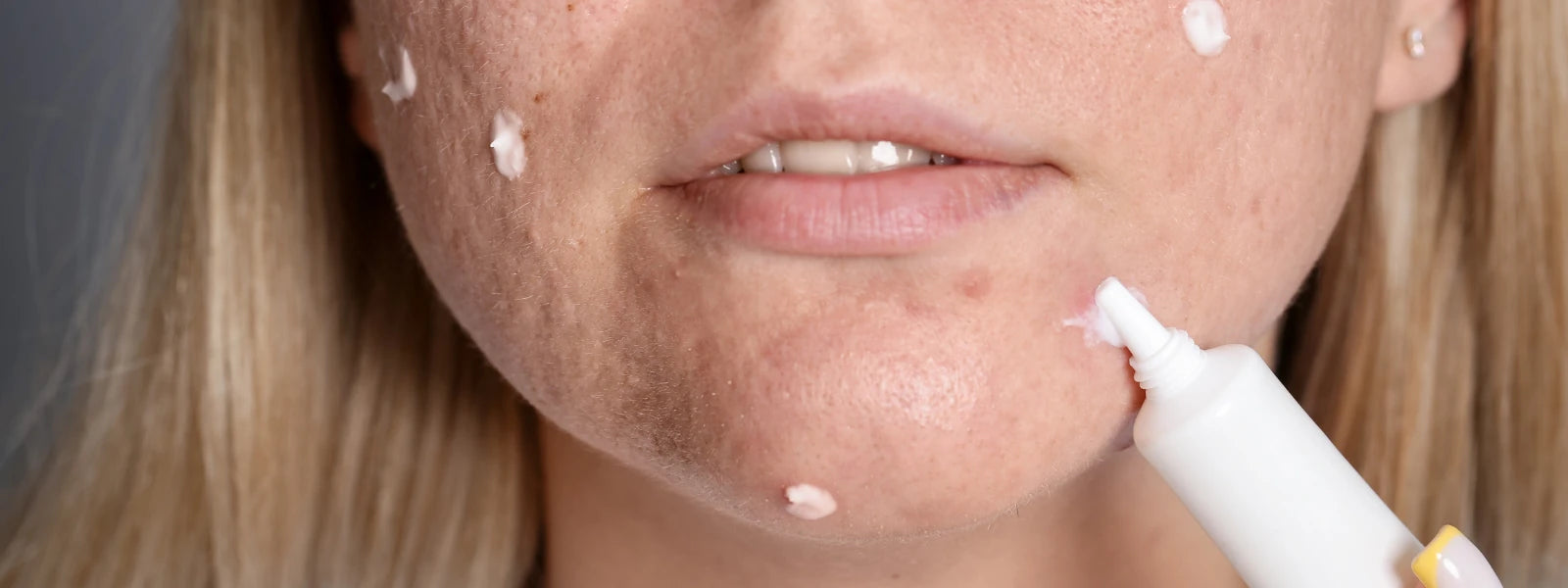When it comes to protecting our skin from the harmful effects of the sun, sunscreen is an essential tool. It shields our skin from the damaging ultraviolet (UV) rays that can lead to sunburn, premature aging, and even skin cancer. Over the years, sunscreen products have evolved to cater to different preferences and skin types. In this guide, we will explore the differences between gel and matte sunscreens, and help you determine which one is right for you.
Evolution of Sunscreen Products
Sunscreen products have come a long way since their inception. Initially, they were thick and greasy, leaving a white cast on the skin. However, advancements in technology and formulation have led to the development of more lightweight and cosmetically elegant options. Two popular variations of sunscreen are gel and matte formulations.
Understanding Gel Sunscreen
Gel sunscreen is a lightweight and water-based formulation that is easily absorbed by the skin. It has a smooth and non-greasy texture, making it ideal for those who dislike heavy or oily products. Gel sunscreens often provide a cooling sensation upon application, which can be refreshing during hot summer months. However, it is important to note that gel sunscreens may not provide as much hydration as other formulations, so it may be necessary to use a moisturizer alongside it.
Gel sunscreen is particularly suitable for individuals with oily or acne-prone skin. Its lightweight texture allows for better breathability and reduces the risk of clogged pores. When applying gel sunscreen, it is important to do so evenly and generously. Remember to reapply every two hours, especially if you are sweating or swimming.
Exploring Matte Sunscreen
Matte sunscreen, on the other hand, is designed to provide a shine-free finish. It is often formulated with oil-absorbing ingredients that help control excess sebum production, making it an excellent choice for individuals with oily or combination skin. Matte sunscreens are also favored by those who prefer a more natural or matte look, as they do not leave a shiny or greasy residue on the skin.
One drawback of matte sunscreen is that it may not provide as much hydration as other formulations. Therefore, individuals with dry or sensitive skin may find it necessary to use a moisturizer before applying matte sunscreen. To ensure effective protection, it is important to apply an even layer of matte sunscreen and reapply regularly, especially after sweating or swimming.
Comparing Gel and Matte Sunscreens
Texture, finish, and absorption are key factors to consider when comparing gel and matte sunscreens. Gel sunscreen has a lightweight and non-greasy texture, while matte sunscreen provides a shine-free finish. Gel sunscreen is easily absorbed by the skin, whereas matte sunscreen may take slightly longer to fully absorb.
Another important consideration is the sun protection factor (SPF) variations between the two types. Both gel and matte sunscreens are available in a range of SPF options, but it is crucial to choose a sunscreen with a broad-spectrum SPF of 30 or higher to ensure protection against both UVA and UVB rays.
When choosing between gel and matte sunscreen, it is essential to consider your skin type. Gel sunscreen is best suited for oily or acne-prone skin, while matte sunscreen is ideal for those with oily or combination skin. Individuals with dry or sensitive skin may need to use a moisturizer alongside matte sunscreen to prevent dryness or irritation.
Performance under makeup is another factor to consider. Gel sunscreen tends to have a more lightweight and easily blendable texture, making it a popular choice for use under makeup. Matte sunscreen, on the other hand, may provide a better base for those who prefer a shine-free finish.
FAQs
1) Which type is better for Oily Skin? Both gel and matte sunscreens are suitable for oily skin. Gel sunscreen is lightweight and non-greasy, while matte sunscreen provides a shine-free finish. Choose the one that suits your preferences and provides the desired level of sun protection.
2) Who should use Matte Sunscreen? Matte sunscreen is particularly beneficial for individuals with oily or combination skin. Its oil-absorbing properties help control excess sebum production and provide a shine-free finish.
Conclusion
In conclusion, sunscreen is a crucial step in any skincare routine, regardless of skin type or preference. Gel and matte sunscreens offer different benefits and cater to specific needs. Gel sunscreen is lightweight and easily absorbed, making it suitable for oily or acne-prone skin. Matte sunscreen provides a shine-free finish and is ideal for those with oily or combination skin. Remember to choose a broad-spectrum sunscreen with a minimum SPF of 30 and reapply regularly for optimal protection. Prioritize sunscreen usage and find the right formulation that suits your individual needs. Stay protected and enjoy the sun responsibly!






